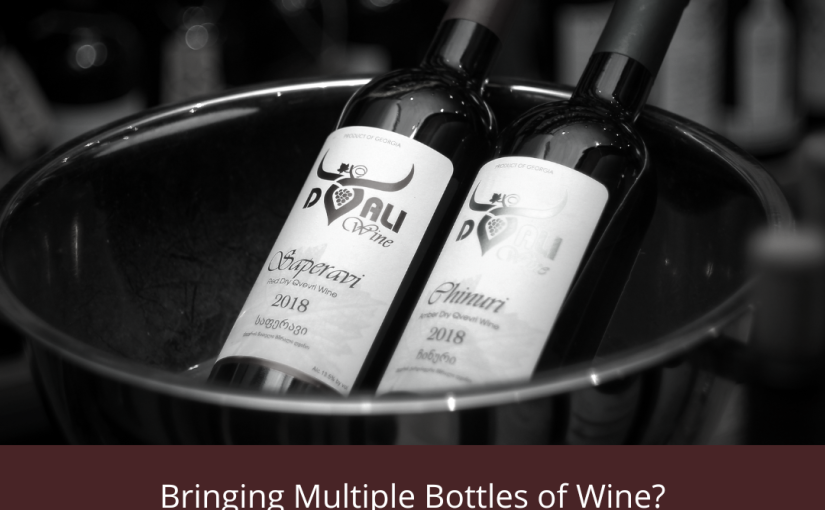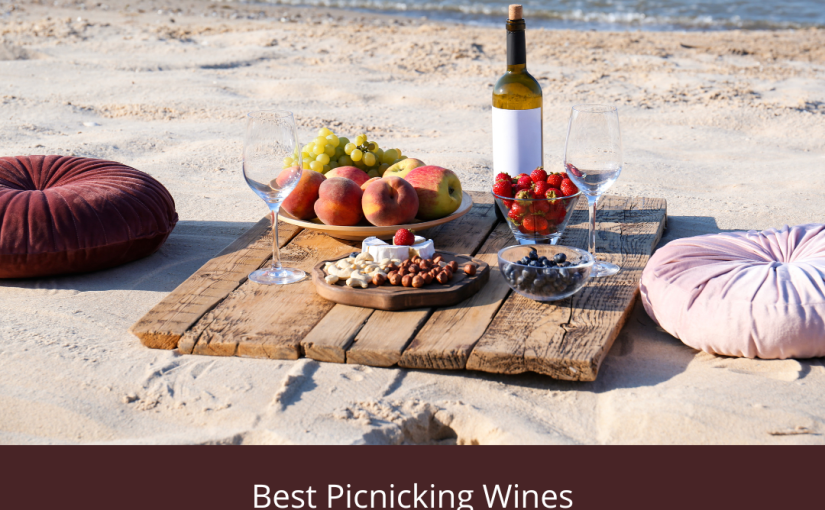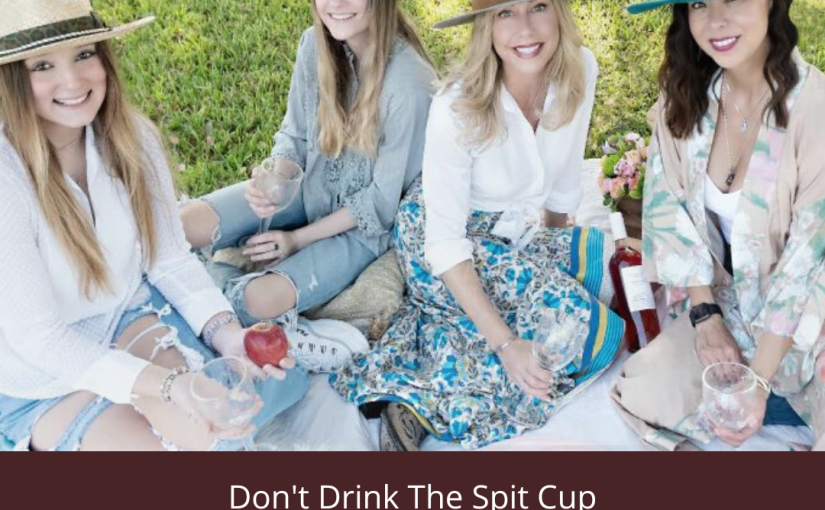If it doesn’t register in your memory, the title was inspired by the movie Sideways. I first saw the movie when I was a young thirty one year old mother of three children under the age of five. During that time I didn’t do much of anything except change diapers and clean spit up off my shirt. I did drink wine on the occasional girls night in, but I had never been to an actual winery and admittedly I knew very little about wine. I would have a glass if I went out to dinner and purchased whatever was on sale at the grocery store if it was my turn to buy the wine.
I was first introduced to wine by my always “over-served” fabulous aunt Jude. She was usually armed with a magnum of Sutter Home white Zinfandel and though the juice wasn’t great, it wasn’t terribly offensive and it did the job at a wedding or family function. Fast forward to my mid thirties and a two week long trip in Italy that sealed my fate in a long lasting relationship with wine. Sorry Aunt Jude it wasn’t the white Zin.
My backstory before we continue, is that I moved in with my Italian grandmother when I was five. We were very poor. I mean blue lunch token, government cheese and powdered milk poor. My bedroom was in her attic that I shared with my two sisters. Our room did not have air conditioning nor was it heated very well and not to shock you, but this Italian American experience did not prepare me for Rome, Florence, Venice or the Tuscan countryside.
Everything in Italy is special, from the cappuccino and cold mini pizzas under the glass at the gas station to literally any family owned eatery that just happened to make their own cheese, grow the freshest juiciest tomatoes for your salad, had their own olive trees and grape vines. It was everything that second generation immigrants like my mother ran away from to prove they are Americans and everything that made my first generation grandmother the most special person in my life. I didn’t know why until that first trip overseas.
My fondest memory of that trip was the town of Orvieto that we stopped at on our way to Florence. It felt like we were on a narrow bumpy goat path to get there and one of my travel companions was green with car sickness by the time we reached the tippy top of what seemed like a mountain. A friend of mine suggested we stop there and I did some research that landed us at the tiniest of places perched on a hill overlooking their vines and olive grove. I have never spent that many hours at lunch before or since.
The menu was more of a prop than an actual list of what they had to offer and if you are open to it, they will start bringing you dish after dish without having to order anything. The house wine wasn’t labeled and although it was a medium mystery red we all happily drank two bottles over lunch. The experience wasn’t fancy, but it was special. It felt like being picked up as a child and cuddled in a big warm safe hug. My only regret is that I didn’t schedule more time there. It was an afternoon pit stop that still lives in my heart.
Two years later I traveled to Sonoma and Napa. We stayed at the Renaissance Lodge and took bikes into Sonoma square every morning. Sitting at the Sunflower cafe planning our day, an older gentleman was listening and joined our conversation. He mapped out the most amazing day for us. A winemaking local that even knew the way through the vineyards and where the gates were to get to different properties via bike and off the roads. We gathered rations from the Vella cheese Company and Basque Bakery before heading off on our adventure trusting that we would be able to find the way. We picnicked in the vineyard between tastings and yes we found the secret gate that connects Bart Park to Buena Vista. This day was an experience, but it wouldn’t have happened if we weren’t open to it.
I now plan all of my travel around wine regions. I go to California so often that many of my followers think I live there year round. There is something magical about being with the winemakers, farmers, local artists and alike that have settled in these places. When you are at a tasting room everything and everyone is part of the experience. It may not be required, but I dress up and I insist that everyone I’m with also dress the part. It’s not a library, but it’s not a bar either and we aren’t there to get drunk although sometimes that accidentally happens. We are there to enjoy nature, the sun peeking through the vines, the cool morning fog, the birds, the bees and our friends old and new. These places deepen our relationships over endless swirling, sniffing and tasting. The wine changes with every passing moment and warms the soul if you stay present. So go, go now and go often, put on your top hat and whatever you do, don’t drink the spit bucket.
We would like to thank Renee Hanson from the wine travel blog mywinehat.com for sharing this story with CorkageFee. For more details on her past trips as well as a selection of elegant hats to top off your wine tasting outfit, check them out! “Be open to it and make it special.”


